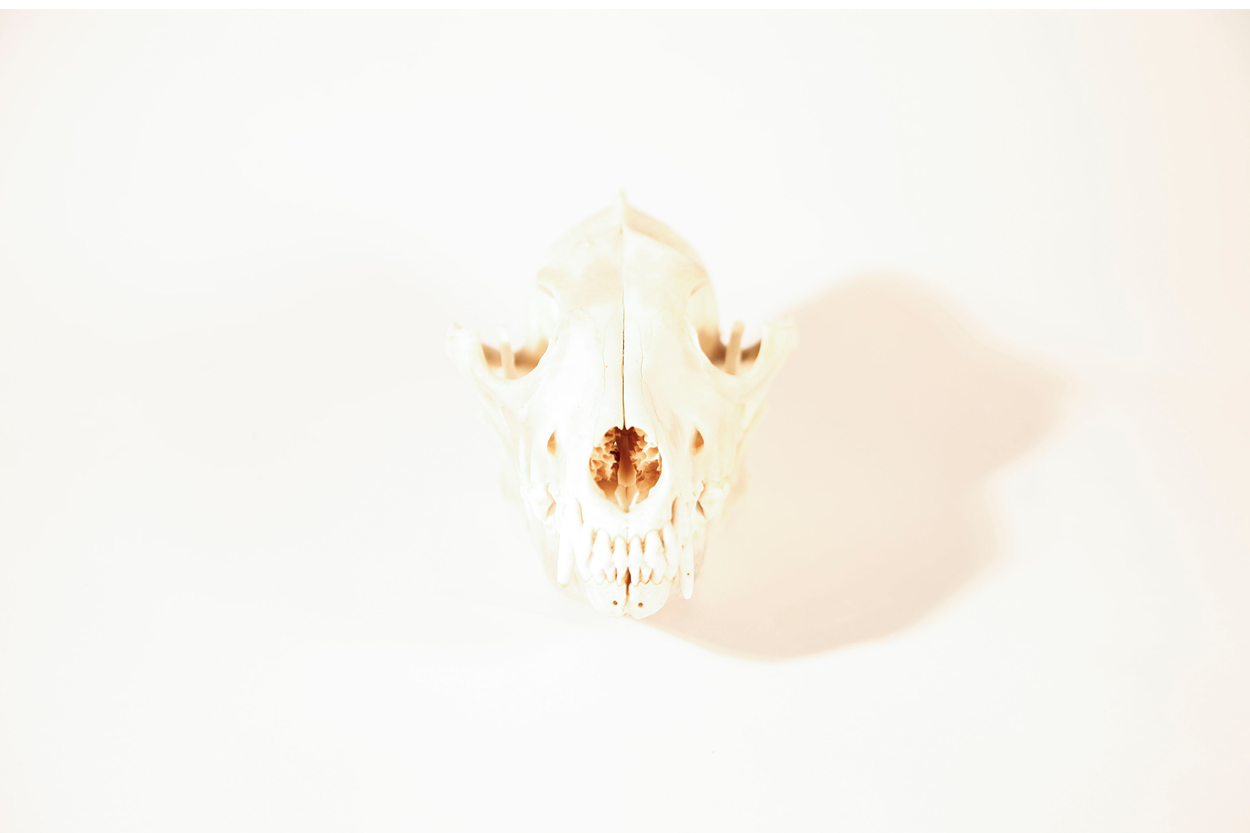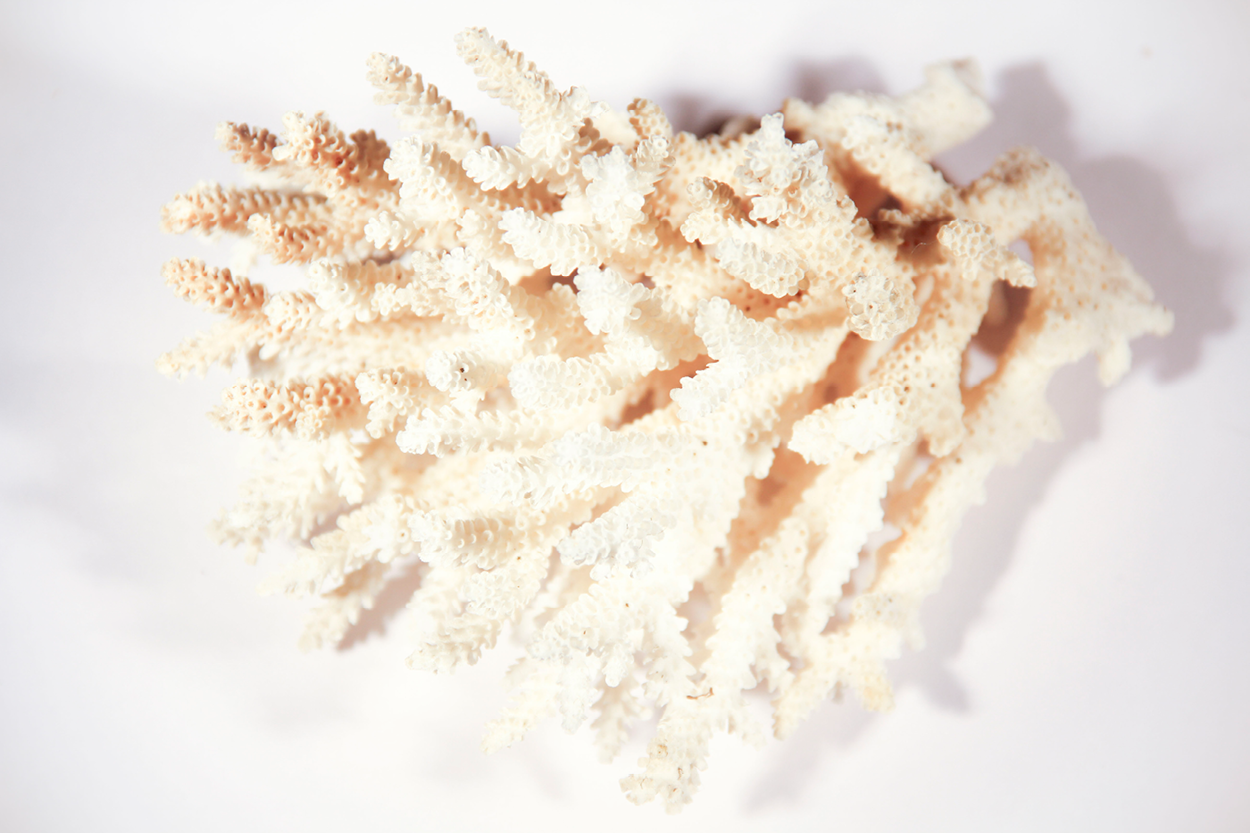Mineralia
WHAT IS CULTIVATE Mineralia?
Minerals are the building blocks of our inorganic life. They make up most of the earth’s mantle and crust and have been extracted for our survival, and our lust, since the beginning of man. Few can deny the beauty of their geometric brilliance; a result of the specific arrangement of the atoms and molecules in their composition.
Minerals are formed due to the tendency of chemical elements to react when they are brought together. The kinds of minerals that form, depends not only on their abundance in their environment, but also on whether the reaction releases energy, an exothermic reaction, or requires an input of energy, an endothermic reaction.
Steel is formed during the cooling of molten lava. Salt will form after the evaporation of liquids. Crystals can form when liquids are cooled down, due to high temperatures or pressure. Thermodynamics is the branch of science that studies the reactions and conditions that produce the variety of minerals we know today.
Minerals are not only confined to the inorganic world, but are produced by organisms to harden existing tissues for protection and support. This process are called biomineralization and they facilitate stiffness, reduce weight, add strength and increases toughness. We see this in the creation of bone through ossification, the layers of nacre in shells and also in the calcium chloride deposit of coral polyps.
What gives biomineralization its particular strength and function is the organized layering of minerals in its soft protein networks and tissues. Due to this layering, loads and stresses are transferred throughout several length-scales, from macro to micro to nano, which result in the dissipation of energy within the arrangement. One could compare it to structural steel lattice systems, where a certain size can be achieved without the weight or mass, due to the physics of the triangulation of forces.
Additive manufacturing, otherwise known as 3D printing, is driving major innovations in many areas, such as engineering, manufacturing, art, education and medicine. Biomineralization can be seen as nature’s additive manufacturing technique, but more than this, it self-assembles. The layer-by-layer self-assembly, the remarkable structural organization and the engineering ingenuity of mineralized tissues makes it the perfect candidate for inspiring new material technology.
HOW TO CULTIVATE mineralia?
Biological processes generate approximately 60 different mineral components, but of the most common are calcium carbonate found in the mollusk shells and coral, and hydroxyapatite present in both teeth and bones.
BONE
Bones self-assemble in a process called ossification where a flexible organic matrix, of the protein collagen, is impregnated with and surrounded by a stiffer, stronger, reinforcing carbonated hydroxyapatite [Ca10(PO4)6(OH)2]. Hydroxyapatite is a calcium-based composite that has a tendency to clump together to form crystals. It lends stiffness to the bone and makes up two thirds of the bone’s weight.
CORAL
The hermatypic or hard coral species are a prime example of how collaboration with nature, and the laws of thermodynamics, can result in mineral deposits that have mutually-beneficial results for both parties. The soft, saclike body of the coral polyp needs to be protected by a hard exoskeleton, but cannot produce its own alone.
As the coral polyp does not have the mineralized tissue ability of bone and relies on its symbiotic relationship with the algae species, zooxanthellae, that live in their tissue. The zooxanthellae is a photosynthetic algae that lives in the protected environment that the polyp’s tissue provides. The photosynthetic algae finds protection in the tissue of the polyp and helps the polyp with waste removal, but more importantly shares the products of its photosynthesis, that of oxygen, glucose, glycerol and amino acids, with the polyp. The polyps in turn uses these ingredients to produce proteins, fats and the calcium carbonate deposits that are required to create the reefs that protect them. (Barnes, R.D. 1987)
Minerals collaborated with:
- Mineralized Tissue
- Living Coral
- Rocks and MInerals
- Molluscs
- Nacre
The biomineralization of Mineralia are best suited for the following applications:
- 3d Printing
- Brick and Mortar type requirements
- Structural Strength
- Creating scale with less mass
- Self assembly





